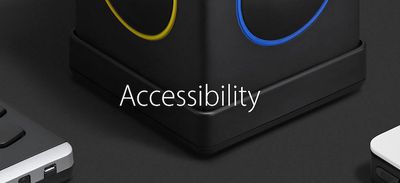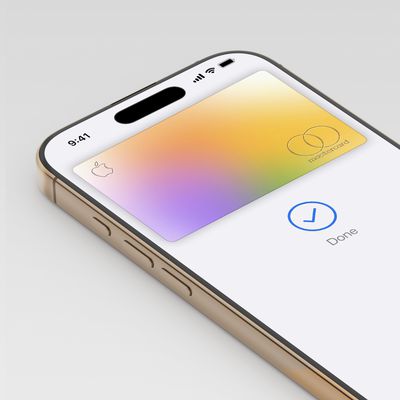Apple has voiced support for a new Human Interface Device standard that will bring versatile support and overall improve the technology of future USB-connected Braille displays [PDF].

Set forth by the USB Implementers Forum (USB-IF), a non-profit organization for the advancement and adoption of USB technology, the new standard will help make it easier for blind and low-vision users to use Braille displays "across operating systems" and with "different types of hardware." This way, users won't be locked into one ecosystem and can more easily go about reading and interacting with their devices no matter the manufacturer.
Additionally, the standard is set to simplify the development process by removing the need for Braille devices to have custom software and drivers created for a particular operating system or screen reader. According to Apple's director of global accessibility policy and initiatives, Sarah Herrlinger, the company is "proud" to help advance the new USB-IF standard.
“Technology should be accessible to everyone and Apple designs all products with that in mind,” said Sarah Herrlinger, director of Global Accessibility Policy and Initiatives at Apple. “We’re proud to advance this new USB-IF standard because we believe in improving the experience for all people who rely on braille displays to use their Apple products or any other device.”
A few other executives from other companies chimed in on the news as well, including Microsoft accessibility program manager Jeff Petty, who said, "Developing a HID standard for braille displays is one example of how we can work together, across the industry, to advance technology in a way that benefits society and ultimately improve the unemployment rate for people with disabilities."
Helen Keller Services president and CEO Joseph Bruno applauded the USB-IF and its members like Apple, Intel, HP, Microsoft, and others, pointing out that the new standard will greatly reduce the friction that visually impaired, blind, or deaf-blind users can face when navigating between accessible devices. "It allows these individuals to more seamlessly connect to their favorite devices, which is a major step in helping them connect to the world around them."
Since the standard has just been detailed, no physical USB hardware products have yet to be shown off from any company. Currently, Apple has an entire accessibility store on Apple.com so users with disabilities can use devices crafted just for them to create music in GarageBand, navigate a Mac with a custom trackball, and more. There are no Braille-enabled devices sold by Apple yet, however, so the incoming HID standard could mark the first time that such a device is sold on Apple.com and potentially in retail locations.
























Top Rated Comments